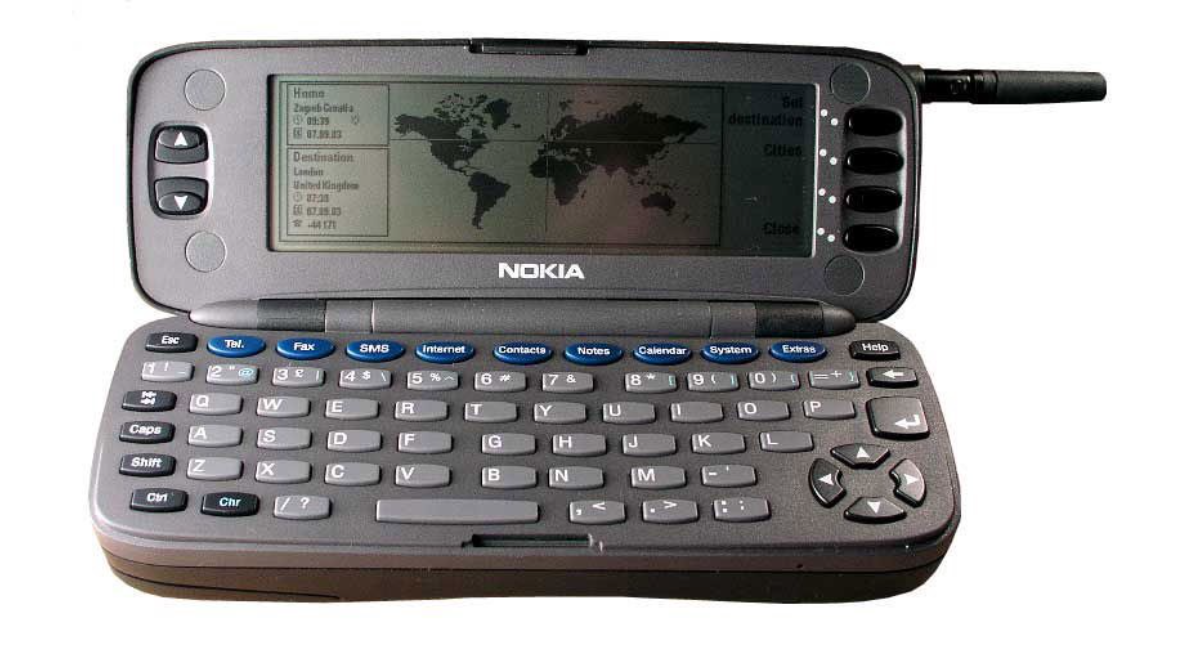
Nokia created a children’s phone in 1997 that resembled Winnie the Pooh. Twelve years later, the business came out with a phone that could change its appearance and fit over your wrist. The Nokia Design Archive currently offers these ideas for your enjoyment even though they were never put into practice.
The Nokia Design Archive was created by Helsinki, Finland’s Aalto University, and launched today. There are over 700 displays on the web platform. However, the 20,000 exhibits that make up the entire library mean that what is now accessible on the website is “just the tip of the iceberg,” according to Anna Valtonen, lead researcher for the Nokia Design Library. Previously, Valtonen worked for Nokia for 12 years, where he was the chief of design research and foresight.
The majority of the displays are from the mid-1990s to the early 2000s when internet-enabled mobile computer technologies and electronics got smaller and smaller. At Nokia, designers were urged to think about how this new technology could fit into people’s lives based on their age group, interests, and culture as this new era of interpersonal communication ushered in ten years of wild experimentation. What would a teenager on the East Coast of America want? Or what matters to you as a grandmother in India? “Valtonen says.”
Unknown Wearable Wrist Device Model 1
Nokia spent a great deal of time exploring wearable technologies in the early 2000s. One solution was the creation of “medallions,” which let users “wear” any image they wanted around their wrist or neck. Although the archives indicate that alternative models, such as this wearable wrist device, which may have been a model for the Nokia Medallion II, were considered, Nokia produced two of these variants as part of its Image Wear Series. According to Kaisu Savola, an Aalto University researcher who worked on the archive, “Nokia’s entry into the jewelry market was a part of the wider trend to make mobile technology more fashionable and personal by turning it into accessory-like products with different possibilities for customization and personalization.”
Access Touch
The concept of a phone that could be used by individuals of all ages and abilities was being investigated by Nokia designers in the same year. Flip-up screens for pleasant viewing angles, detachable hearing aids that could fit into various phone components, voice recognition capabilities for hands-free operation, and protruding keys for the blind were all ideas for the “Access Touch” phone. The researchers claim that although Nokia never released a phone that was advertised as “accessible,” the fundamental ideas of “universal design” undoubtedly permeated other products.
Webpad
Many of Nokia’s ideas were never intended to be commercialized and never did. Rather, these ideas were generated in workshops designed to stimulate designers’ creativity, get them to consider their audience, and start conversations. Some of these concepts, such as a holographic orb or a gadget with a butterfly-wing-shaped foldable keyboard, were never developed. Others, such as this wearable “webpad,” developed into prototypes that designers tested in the workplace.
For more details, you can read here.

